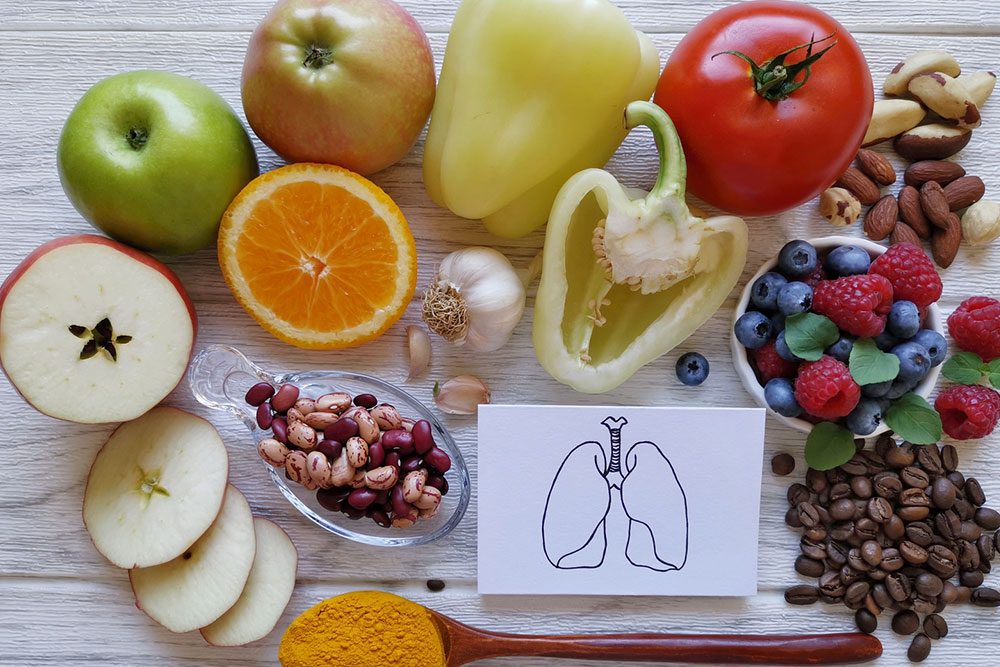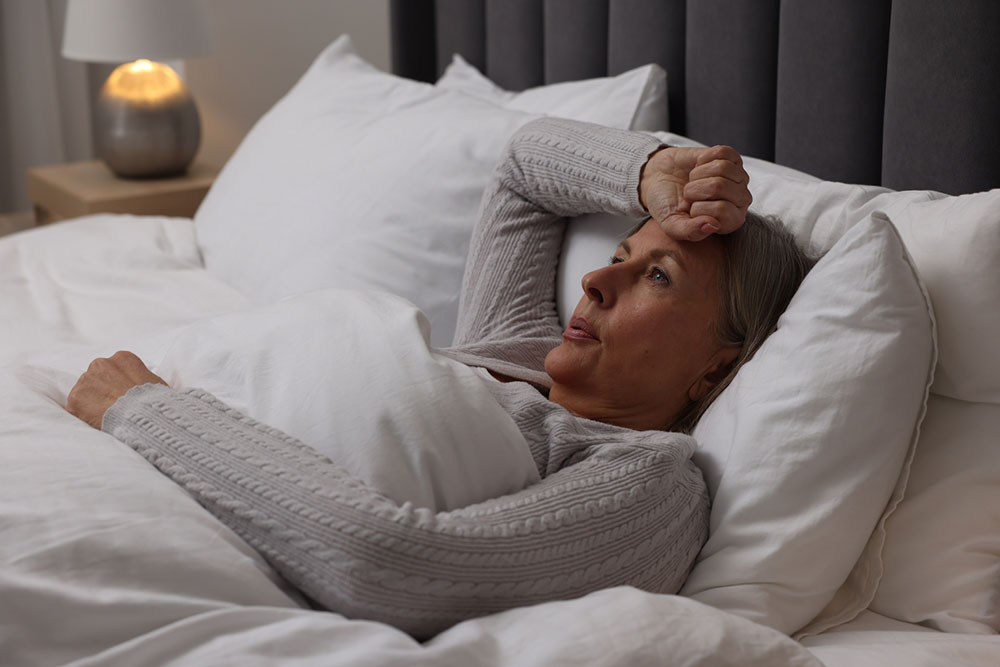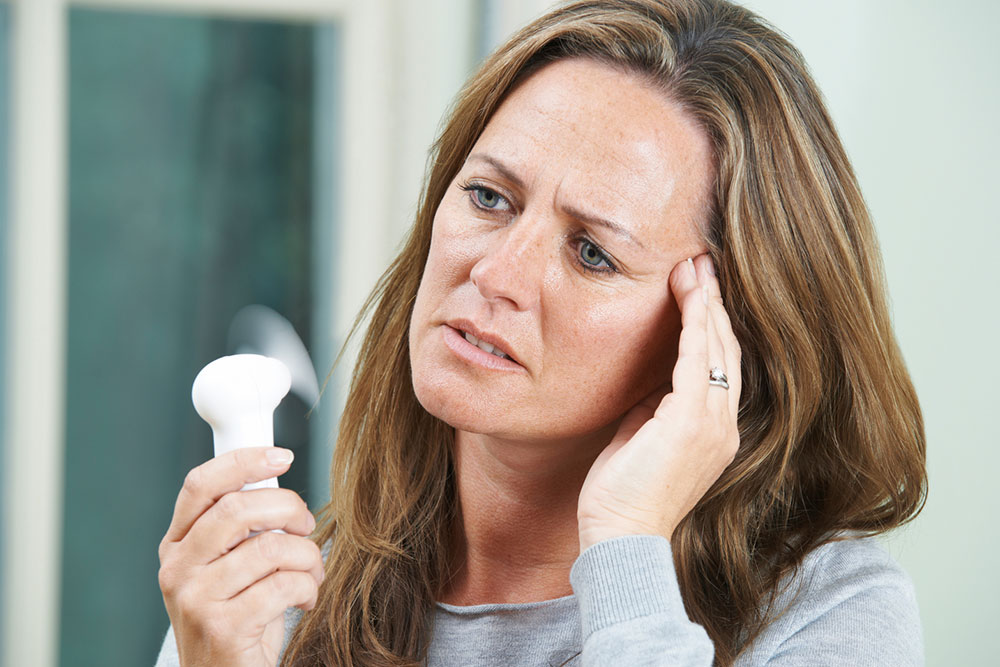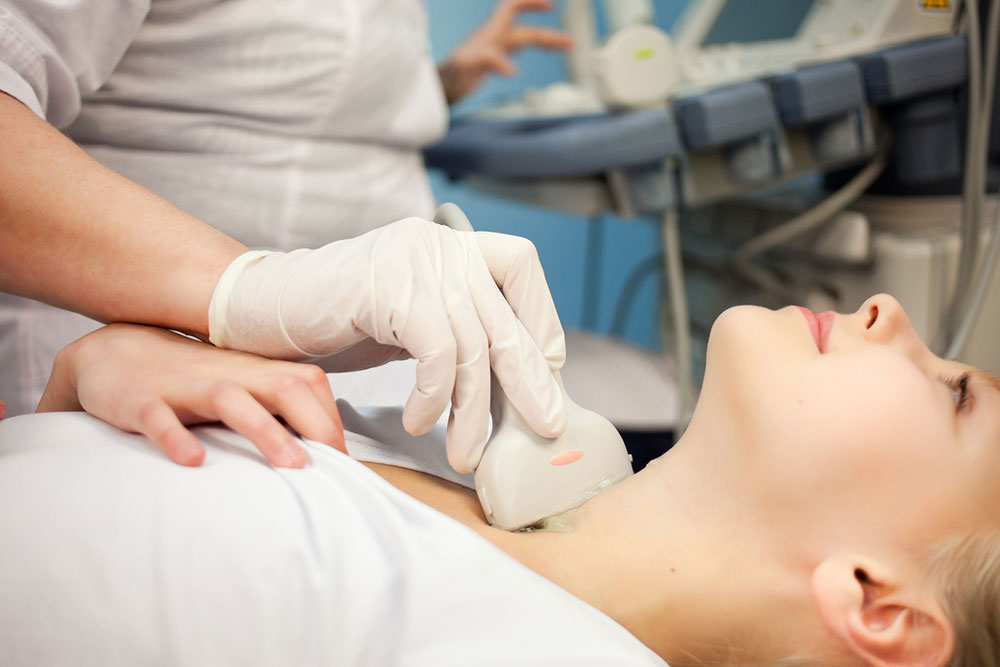
Health
3 early signs of vitiligo that should not be ignored
Vitiligo is an autoimmune condition that affects the skin, hair, and other areas of the body. This disease generally causes depigmentation, or the loss of skin pigment, when it first starts developing in individuals. Over time, this disease tends to mistakenly attack the healthy cells in the body. The condition can be diagnosed based on certain signs and symptoms. Read on to learn about some of the early symptoms of the condition. Changes and inconsistencies in skin color People with vitiligo observe certain skin patches on various areas of their body. These patches have skin that is different in color compared to other areas in the body. This is called depigmentation, which occurs in the early onset of this disease. Depigmentation occurs symmetrically on both sides of the body, typically on the elbows, face, knees, backs of hands and feet, and genital areas. Depigmentation occurs depending on the kind of vitiligo a person is experiencing. For example, if one has early-stage localized vitiligo, one will have such patches only in a specific part of the body. However, if one has generalized vitiligo, the patches are scattered throughout the skin. In universal vitiligo, people suffer depigmentation so extensively across their body that it appears all their skin has lost color.












